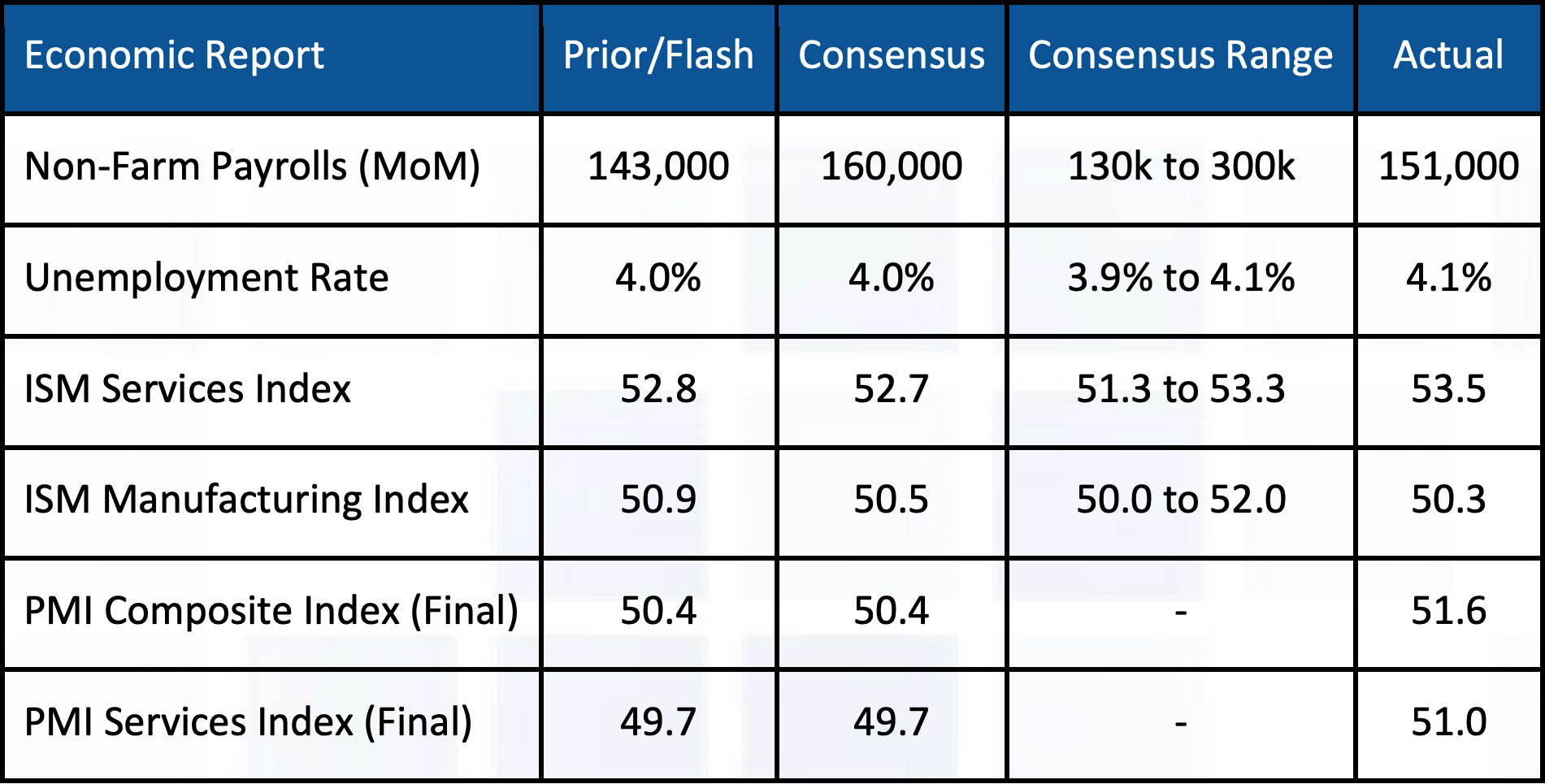Retirement Architects Weekly Market Review: March 28th, 2025
Weekly Market Report: March 28th, 2025
Market narratives last week were centered around fresh inflation data, negative impacts of tariffs, and the health of the U.S. consumer. Financial markets saw an increase in equity and bond market volatility due to heightened concerns surrounding inflation, growth, and U.S. government policy. Global equity markets closed down approximately 1.5% leaving year to date returns on the S&P 500, EAFE, and Emerging markets at -5%, +9%, and +5% respectively. Interest rates closed the week largely unchanged after a mid-week rise was offset by a safe haven bid on Friday. There were no major moves across currency and commodity markets where oil closed up $1 to $69.36.
Market Anecdotes
- A weakening outlook for the consumer and persistent inflation are clouding the outlook as soft consumer spending and labor markets are more in focus than tariff policies.
- Upward inflation pressure may be shifting from seasonal forces to tariff impacts which lie counter to slowing growth from a monetary policy perspective, laying the groundwork for some closely watched monetary policy and FOMC decisions going forward.
- 2025 is seeing a rare occurrence of sizable differences in stock market performance between U.S. and ROW. Alpine Macro highlighted three broad reasons including a reset of post election expectations, U.S./Eurasia fiscal policy divergence, and valuations.
- Apollo’s Torsten Slok noted registered border encounters have fallen to nearly zero in February which will inevitably translate to a significant decline in monthly job creation. Potential implications include lower breakeven payroll levels and labor shortages/wage inflation.
- The BPC noted extraordinary measures employed by the Treasury to avoid breaching the $36.1t debt ceiling can work until sometime between mid-June and October depending on tax receipts.
- Our weekly Cliff Clavin note comes from a Bloomberg piece highlighting nearly all stock market gains come from holding stocks overnight versus trading action from open to close.
Bullish Asset Allocation Narratives
- Looking through what thus far has amounted to a routine market correction toward fiscal stimulus (tax cuts) and deregulation remains our baseline guide to risk positioning.
- Market volatility, poor POTUS approval ratings, or concessions will ultimately trigger trade deals.
- The bond market is looking past deepening fiscal deficits, US debt ceiling, and unfunded tax cuts.
- U.S. monetary policy leaning slightly toward the incrementally more dovish side of the ledger.
- Fiscal stimulus and structural reform may boost growth in Europe, Germany in particular.
- Constructive fundamentals (growth and earnings) which ultimately drive markets, remain sound.
- AI efficiencies are in the early innings of impacting productivity, inflation, and growth.
Bearish Asset Allocation Narratives
- A weakening U.S. consumer is taking shape which can lead directly to labor market weakness.
- Oversold conditions are mounting in U.S. equity markets but not yet at capitulation levels.
- A continuation of adverse trade policy would accelerate deterioration in sentiment and economic growth, representing a key risk to markets and the overall economy.


